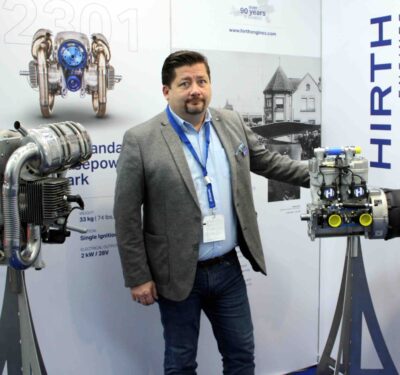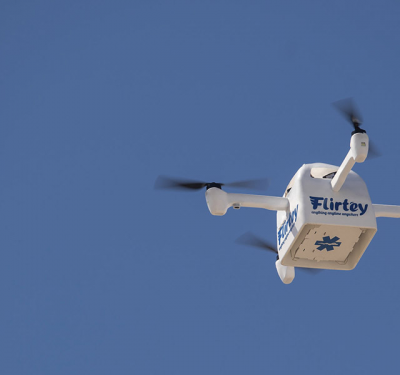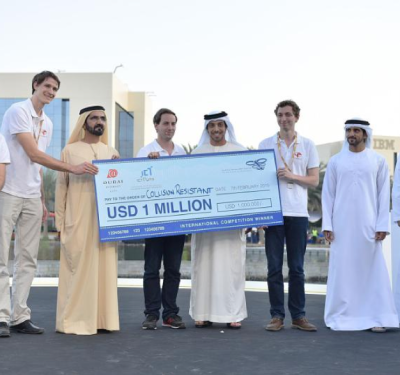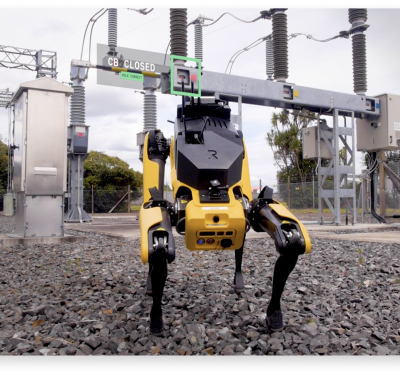The U.S. Army’s long journey to replace the Iraq-Afghanistan era RQ-7 Shadow with an enhanced ISR solution has reached the developmental testing stage. From the service’s Operational Needs Assessments of 2017-18 on, requirements have evolved with technology and changes in warfighting.
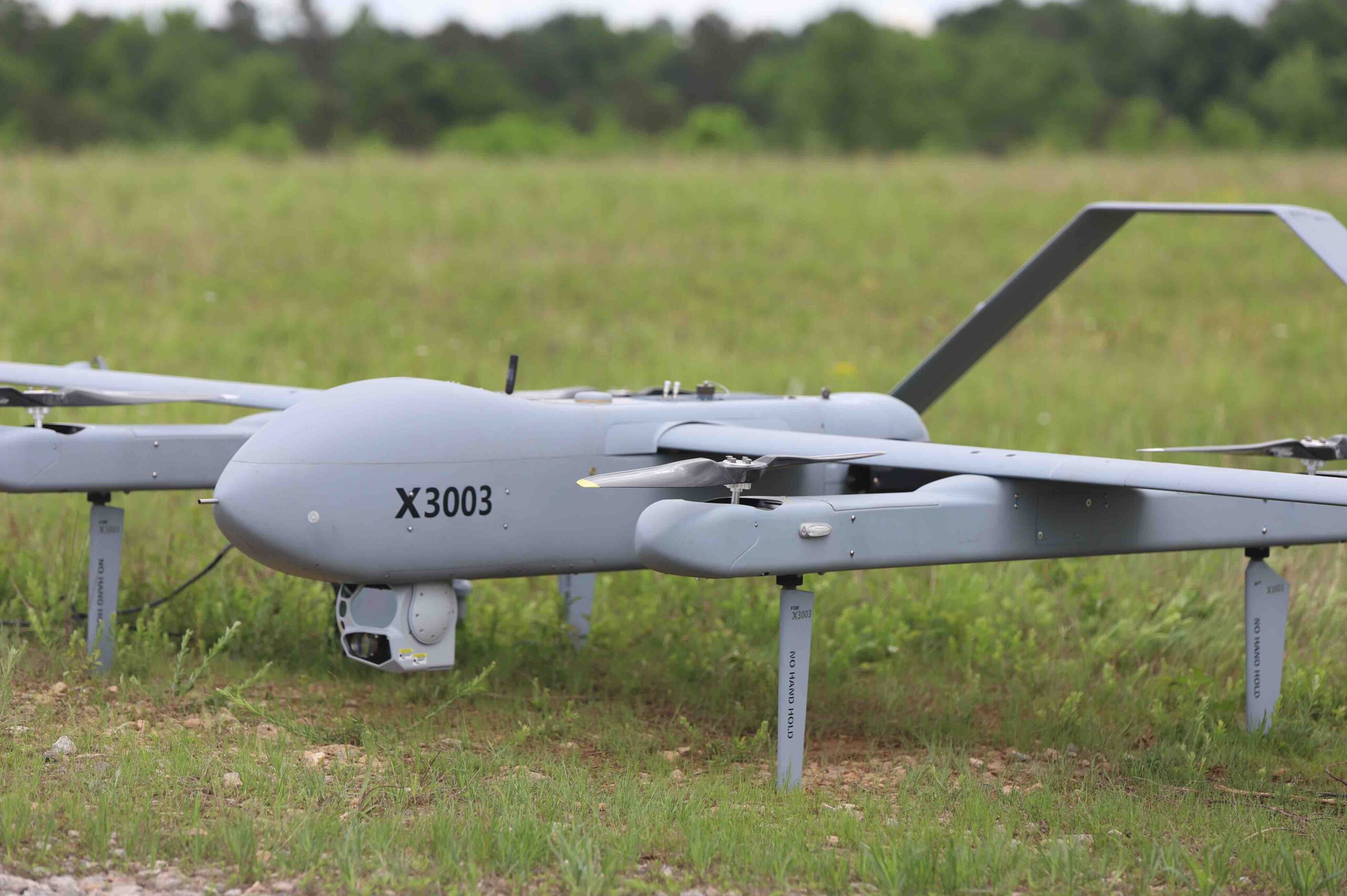
But the continuing goal remains: to field a lighter, quieter, nimble and easy to maintain VTOL vehicle that Brigade Combat Teams can deploy to secure actionable intelligence during multi-domain operations.
On April 4th, the service announced that the Future Tactical Uncrewed Aircraft Systems (FTUAS) program had begun developmental testing (DT) on two prototype sets of the MK 4.8 HQ Aerosonde (designated YRQ-10A). The systems were delivered on March 18th to Alabama’s Redstone Arsenal by its manufacturer, Textron Systems, which also produced the Shadow.
Each set included two air vehicles (AV), two ground control stations (GCS), two ground data terminals, one On the Move (OTM) kit and associated ground support equipment.
“Textron Systems is proud to support the FTUAS program developmental testing cycle,” David Phillips, senior vice president air, land and sea systems, said after the announcement. “The Aerosonde UAS is a proven, mature system built on our decades of experience in UAS design, manufacturing, systems integration and lifecycle management. We look forward to continued partnership with the U.S. Army to rapidly bring this critical need to the Brigade Combat Teams.”
While Textron has advanced, another system is supporting FTUAS. In January, a PEO (Program Executive Office) Aviation spokesperson told Inside Unmanned Systems that “the Army has not yet made a selection for FTUAS. The Textron MK 4.8 HQ Aerosonde and Griffon Aerospace’s Valiant are the two remaining competitors currently participating in the FTUAS Rapid Prototyping Effort.” At that time, the Army was anticipating delivery of Griffon’s hybrid-electric tilt-rotor prototype, with ultimate decision-making “currently on schedule to deliver the first unit of issue in 4QFY25” (though cordial, Griffon executives have declined comment throughout).
Testing Textron
The Army Test and Evaluation Command Redstone Test Center (RTC) has positioned one Aerosonde AV test set for transportability evaluation to ensure what the Army calls “the system’s organic transport in deployed environments.” The second set has been received by the DEVCOM Aviation and Missile Center Joint Technology Center Systems Integration Laboratory to begin network and cybersecurity testing. “This testing,” the Army noted, “represents a critical step in achieving the system’s Authority to Operate. The ATO demonstrates the system’s resiliency, enabling battlefield distribution of FTUAS data and video over Army networks.
“Rigorous testing of the FTUAS will continue this year,” the Army said. “The ‘DT’ results will capstone the Rapid Prototyping effort and inform the production decision and the Rapid Fielding contract that’s expected this Fall.”
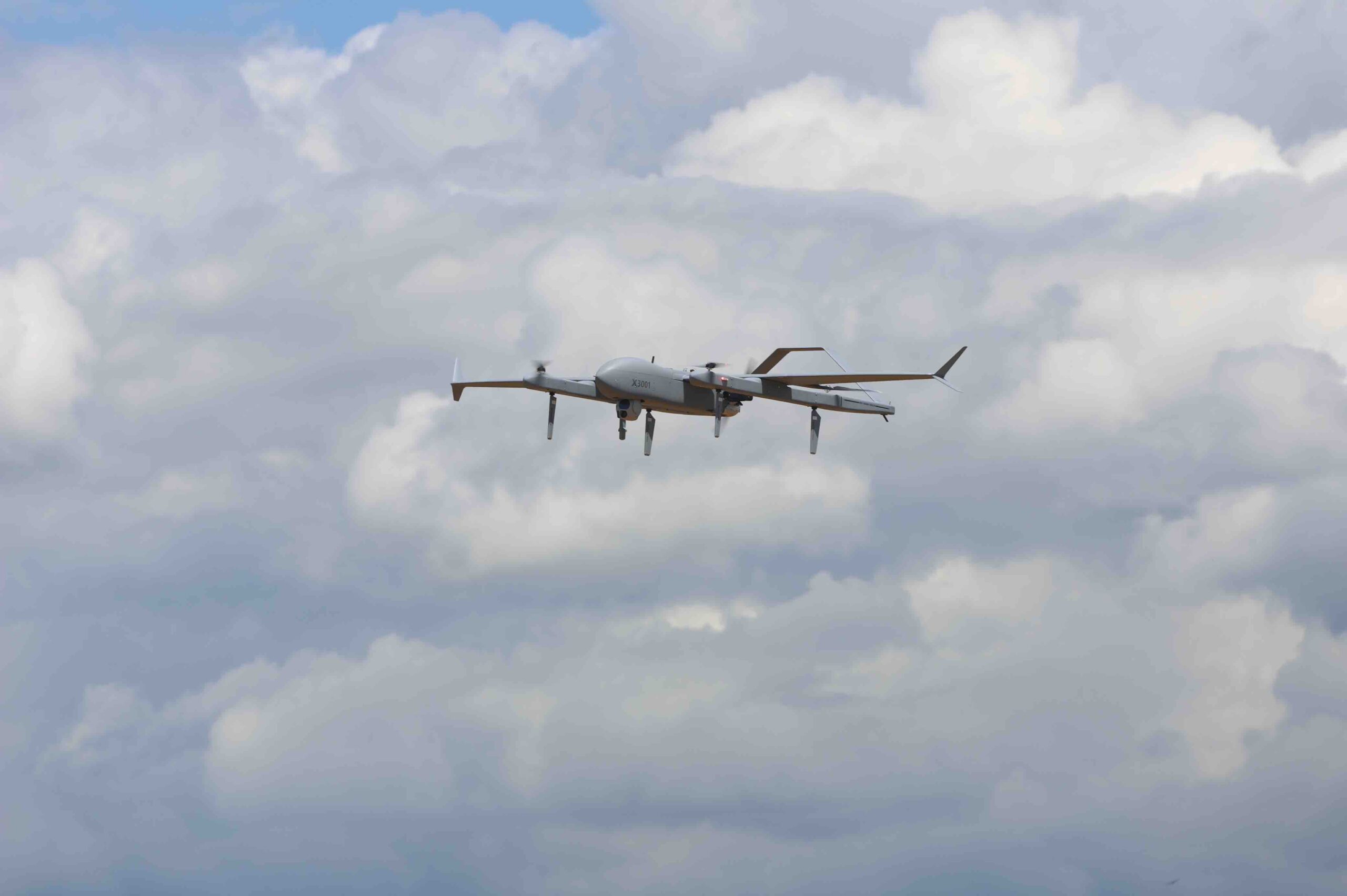
Inside the Process
Textron’s experience from the logistics-dependent Shadow to upgrading SWaP from an earlier 4.7 VTOL variant has offered “a bridge” to upgrades over 700,000 hours of operational experience. MK 4.8 HQ specs note 14 hours of endurance, a 30-pound available payload and a 15,000-foot ceiling, flying on compatible JP-8 fuel.
In an amplifying conversation, Phillips outlined how two years of development and testing collaboration have allowed Textron’s own R&D to “be in lockstep with the Army.
“We flew the systems and demonstrated our ground control systems, the aircraft handoffs, out of the box launch in a certain amount of time to show its expeditionary nature. It has a lot to do with predictability, maintainability and soldier cognitive load.”
Contemporary FTUAS priorities such as MOSA—Modular Open Systems Approach—and On the Move command and control have been analyzed to maximize technical capabilities and avoid vendor lock.
Phillips: “We had to do a MOSA demonstration, which we did down in Huntsville. And they were very deliberate. They took our mission computer out of our system and replaced it with a third-party mission computer. They also replaced a mix of third party and vendor software to see if our control stations and the operation of our aircraft were exactly the same. The answer was yes and shows that they can iterate on the system without necessarily having to come back to us. That’s something that is very different than former systems, and something that clearly our system is going to give them the capability to do.”
Textron’s On the Move command and control also was assessed. “After we launched the aircraft, we were able to hand off control to a Humvee that drove around Redstone Arsenal controlling the aircraft on the move,” Phillips recounted. “We were able to demonstrate all the flight performance parameters that they wanted to see.”
This validation and verification paid off in December when ownership was transferred to the Army. “They did their inventory, checked all the boxes, made sure that what we were delivering, was a complete system that met their requirements,” Phillips noted. “And they said, ‘Congratulations, the system is now ours.’ I got a phone call, and that was great news for both us and the Army.”
Again, testing from systems to supply chain maturity over 2025 will lead to a final choice. “We’ve done a ton over the years,” Phillips said, “learning how to make that aircraft as adaptable in the field as possible. What I know is that there are division commanders out that are waiting for their next system to provide them the overwatch and the capability that they’re looking for.”


